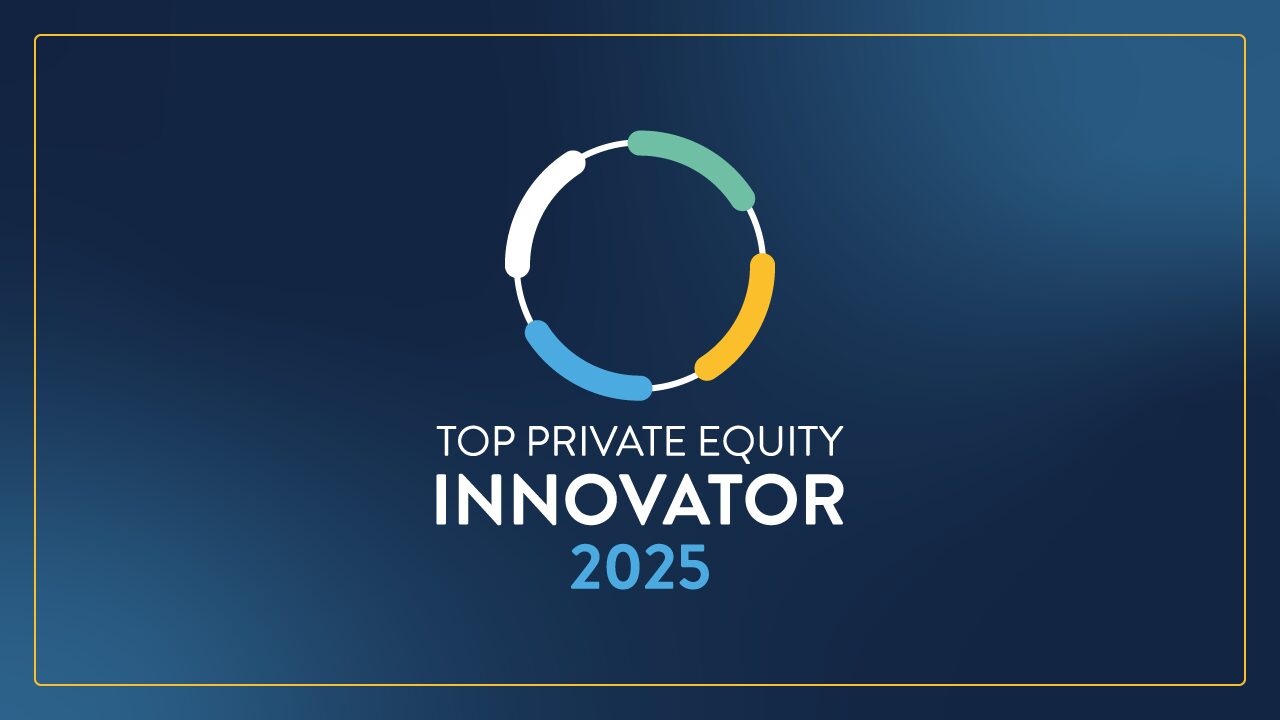What is an IT Roadmap?
An IT roadmap is a strategic framework that turns technology investments into business value. This method goes beyond regular IT planning for private equity-backed companies and other top firms. It links tech initiatives directly to value creation and sustainable growth.
This tool helps leadership teams evaluate, prioritize and implement IT projects. These projects aim to boost operational efficiency, improve scalability, and manage risks.
A practical IT roadmap shapes a portfolio company’s growth path. It blends strategic planning with tactical execution. This means setting clear goals, finding initiatives, and planning when to do them.
This method ensures that every technology investment supports specific business goals. It fosters sustainable growth and competitive advantages in the market.
CASE STUDY: Modernizing Financial Services Software Platform for Strategic Growth

The Private Equity IT Challenge
Private equity firms face high stakes in technology planning. Their portfolio companies need to show stability and accelerated growth potential. An effective IT roadmap sets apart companies that maintain tech standards from those that encourage innovation.
By prioritizing technology effectively, PE firms can help portfolio companies avoid common pitfalls. These include underutilized resources, system fragmentation, and security vulnerabilities.
CASE STUDY: IT Strategy, Infrastructure Support for Event Services Company
IT roadmaps also aid in mergers and acquisitions (M&A). They provide a structured framework for integrating technology. During M&As, this document helps tech teams work together. It sets clear standards and shows how to integrate systems.
For example, when a PE-backed company acquires another, its IT roadmap guides integrating different systems. This minimizes disruptions and maximizes potential synergies.
Beyond operational effects, a well-crafted IT roadmap is a strong communication tool. It aligns various stakeholders, including executives, tech teams, and investment partners.
In PE-backed portfolios, an IT roadmap is a vital asset. It helps with quick tech choices and sets the stage for lasting value. This supports both portfolio goals and private equity aims.
Common IT Challenges: Distributed Teams, Legacy Infrastructure, Process Integration
Distributed workforce models have changed IT needs. Tech departments now manage various collaboration tools and cloud services for smooth communication.
Legacy infrastructure poses another challenge, especially for PE-backed companies. These inherited systems, while functional, often create bottlenecks and need complex manual fixes. Updating old infrastructure needs smart planning in the IT roadmap. This helps balance urgent needs with future improvements.
Process integration gaps are a major concern when tech strategies lack cohesion. When essential systems operate in isolation, it creates data silos. For example, disconnected CRM and marketing platforms can hurt operational effectiveness. Identifying and bridging these gaps is key to building a comprehensive IT roadmap.
Cybersecurity also adds complexity to roadmap development. Organizations must adopt strong security frameworks as cyber threats grow more advanced. These frameworks should do more than rely on tech solutions. This means integrating advanced security technologies with strong protocols to protect sensitive information.
Technological acceleration is another strategic factor. Enterprise tech is fast-paced, and IT departments must constantly improve their skills and knowledge. The speed of change in enterprise tech is high. While this is resource-intensive, staying current is vital for maintaining competitive advantages.
Financial factors heavily influence IT roadmap execution. PE-backed organizations must wisely allocate their tech budgets. They must secure enough funding for key initiatives and control costs. This requires careful prioritization based on potential impact and feasibility.
Essential Steps in IT Roadmap Development
1. Infrastructure Assessment and Analysis
Creating an effective IT roadmap starts with a thorough evaluation of infrastructure. This involves looking at on-premise systems and cloud services. It includes network architecture and hardware. Tech leaders should talk to department heads and users. This helps find performance issues and operational problems. This assessment forms the basis for strategic resource allocation and improvements.
2. Strategic Initiative Prioritization
After the infrastructure assessment, organizations should set clear priorities. They need to focus on business impact and complexity. Cybersecurity enhancements and cost optimization usually come first. Software license audits can find ways to save money. This can free up cash for critical investments. This prioritization must align with organizational timelines, balancing immediate needs with long-term goals.
3. Establishing Strategic Timeframes
To implement an IT roadmap successfully, organizations need clear timelines. These timelines should divide objectives into phases.
Short-term goals last zero to six months. They focus on stabilizing key systems and addressing security issues.
Long-term goals span one to three years. They involve transformative projects, like enterprise resource planning.
Each objective must have specific, measurable outcomes. Monitor these outcomes using key performance indicators. For example, track resolution times for security incidents.
4. Stakeholder Engagement and Alignment
Engaging stakeholders is crucial for a successful IT roadmap. Tech leaders must share the roadmap’s vision with executives and decision-makers. They should explain how tech initiatives connect to business outcomes. This is more than just presentations. Leaders should share stories highlighting how each initiative improves operations and fuels growth.
5. Building for Scale
Scalability should influence every aspect of IT roadmap development. Organizations must select technology solutions that support future growth. Cloud platforms with flexible resources help businesses grow faster. They avoid technical limits that can hold back expansion.
6. Continuous Evaluation and Refinement
An IT roadmap is a living document that needs regular review and updates. Quarterly assessments help organizations track progress. They can adjust to new tech and changing market conditions. This ongoing review ensures the roadmap stays aligned with changing business needs.
CASE STUDY: Hair Products Manufacturer Needs IT Transformation
Ensuring Long-term Success Through Strategic Implementation
Securing executive support is vital for the success of the IT roadmap. Tech leaders need to share clear plans. These plans should show how tech projects support business goals. They should highlight measurable benefits and return on investment. This will help build strong cases for allocating resources.
Scalability should guide every tech decision in the roadmap. Organizations should focus on solutions that can grow with their business. Cloud infrastructure and scalable systems help companies grow with user demand and market shifts. They do this without needing major redesigns.
Regular assessment cycles keep the roadmap effective. Quarterly reviews provide opportunities to evaluate progress, gather feedback, and adjust priorities. These reviews matter a lot, especially after big changes. Mergers and market expansions can shift things. So, we need to keep the roadmap useful.
This full method to create an IT roadmap helps organizations grow and succeed with technology. To succeed in a tech-driven market, companies need executive alignment. They should also focus on scalable solutions. Regular review processes are important too.
The Business Builders’ Network is full of pre-vetted resources ready to help your company with its IT roadmap.
Our research and operations team already knows who you need before you contact us, and is prepared to connect you with a short list of industry-specific options.
Partnering with BluWave can give you more confidence in your strategy and help you get started within a single business day. Set up your scoping call today, and we’ll provide a short list of situation-specific resources to help your business.


